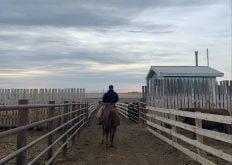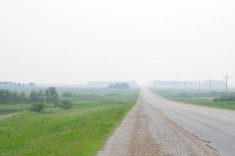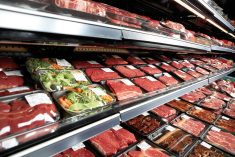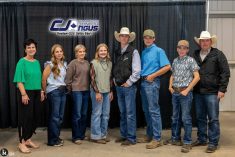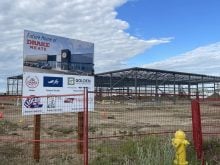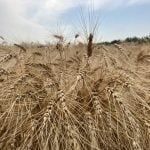Living Labs may be the start of a better understanding of soil health, carbon sequestration and a “solid” offset system for farmers and ranchers, says one of the people involved with the federally funded project.
On July 14, Agriculture Minister Marie-Claude Bibeau announced nine new Living Labs while at the Calgary Stampede. Kimberly Cornish, the director of Food Water Wellness Foundation, is involved with the Living Labs in Alberta, and she says these labs are important because of the opportunity they present.
“I’m really excited because it is such a different approach for producers and scientists to be able to work in this kind of collaborative way,” Cornish says. “And what I’m really excited about is how the focus of it isn’t just collecting data. It’s really to drive innovation.”
Read Also
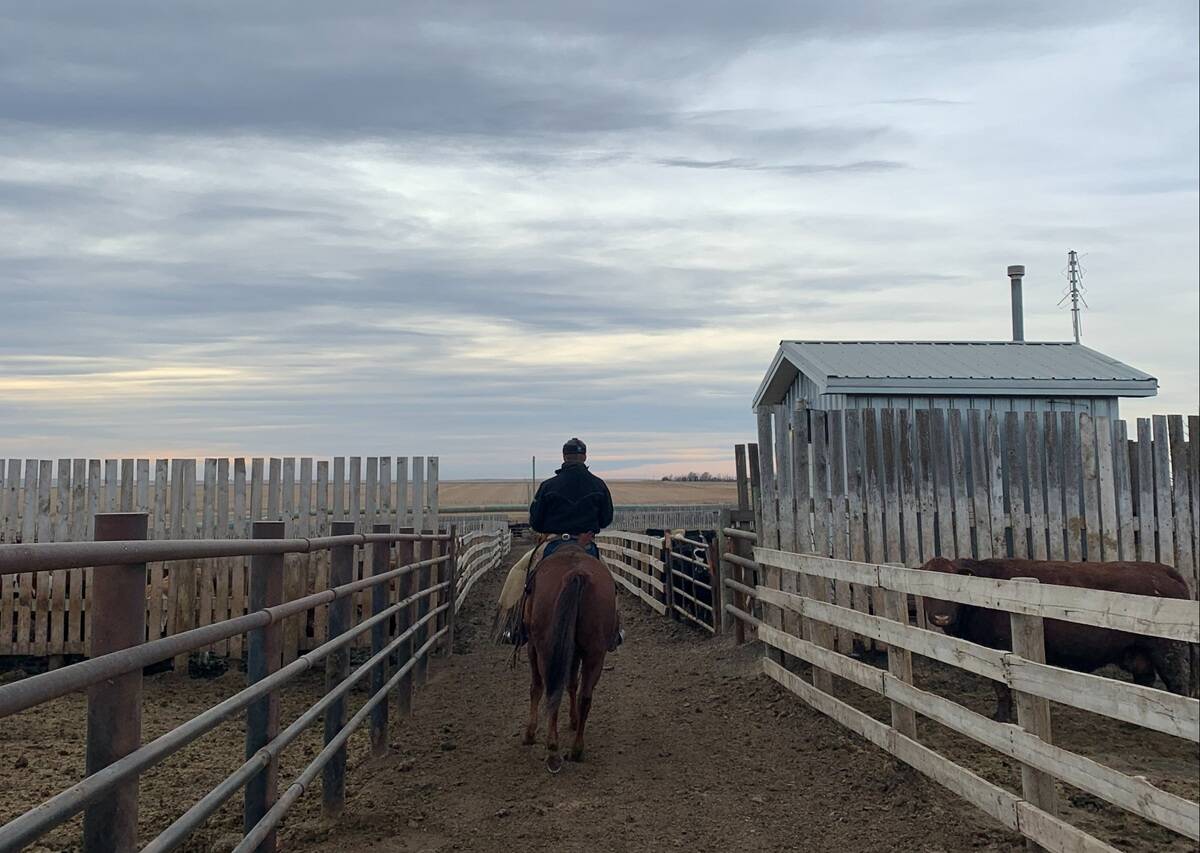
Pen riders still better than tech at detecting respiratory disease in feedlot cattle, says researcher
Recent research found that pen riders are better than tech at flagging signs of BRD in feedlot cattle
She says the work that’s being done is important, not just to the environment, but to producers as well.
“Producers will be able to understand the benefits associated with improving their soil, and carbon sequestration,” Cornish says. “And we’re also hopeful that it might form a solid basis for an offset system that would be very defensible and very solid for producers to engage in and drive another income stream out of. I think that carbon sequestration and the implementation of AMP (adaptive multi-paddock grazing) has a huge untapped climate benefit, as well as for the producer side, growth and flood mitigation and just generally more resilient.”
[FROM THE ‘BETWEEN THE ROWS’ PODCAST] Kimberly Cornish on some of the practices underway to help sequester carbon and build soil organic matter. To hear the full episode, click here.
Bibeau echoed this statement, saying the government wants to help farmers through the Living Labs.
“If we’re going to ask Canadian farmers to feed the world sustainably, they need to get their hands on the right tools as quickly as possible. This innovative and collaborative research approach will help them do just that,” Bibeau says.
Beef producers seek stewardship recognition
Despite Bibeau’s statement that producers need to be given resources to farm sustainably, Melanie Wowk, chair of Alberta Beef Producers, says more still needs to be done for beef producers across Canada. Although farmers in the grain sector can receive carbon credits, producers in the beef sector can’t.
“We’re doing a lot as I’ve said, we’ve been doing it for hundreds of years,” Wowk says. “And the carbon tax has hit us pretty hard as it has for most Canadians and consumers or producers alike. And it would be nice if we could be recognized for some of the work that we’re doing with the environment.”
Previously, the only Prairie province with a Living Lab was Manitoba.
“These projects will focus on key areas such as improving carbon storage through cropping systems, and herd and nutrient planners,” Bibeau says.
“Over the past several years, we’ve launched Living Labs in Prince Edward Island, Quebec, Ontario, and eastern Prairies. And today, I’m pleased to announce a federal investment of $54 million to expand the Living Labs right across Canada,” Bibeau says.
“This funding will support nine new Living Labs in Newfoundland and Labrador, Nova Scotia, New Brunswick, Saskatchewan, British Columbia and right here in Alberta.”
Living Labs are a federally launched initiative to bring together farmers, scientists and other collaborators to test innovative technology and practices, while also working to help agri-environmental issues.
Two Living Labs are coming to Saskatchewan. One is in the southern area of the province focusing on cover crops, and another will be farther north near Prince Albert, where two Indigenous communities, Mistawasis Nêhiyawak and Muskeg Lake, are involved.
One of the Living Labs in British Columbia is in the Peace River area, working with the Peace Region Forage Seed Association to improve carbon storage and reduce emissions.
In Alberta, one of their two projects is being managed by Alberta Beef Producers. Alberta Conservation Association and Food Water Wellness Association are collaborating on a Living Lab as well, to improve soil health, sequester carbon, and lower costs of production. $7.7 million is going towards this project for five years, with the potential to be extended for another five.




